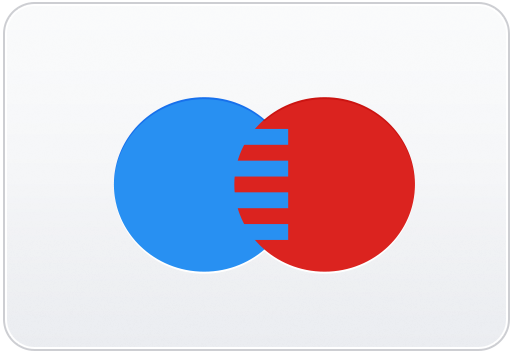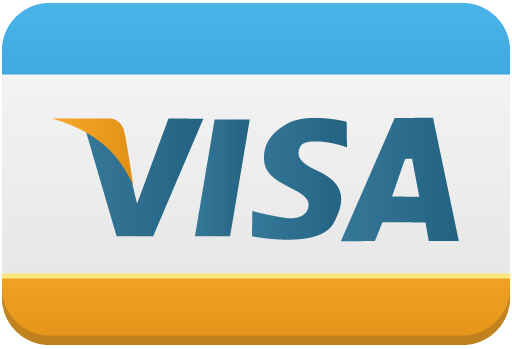Interchange-Plus Pricing Examples
Let’s see how all of this works.
Let’s perform a few sample transaction so you can see how all of this works. In these example, we’ll use common consumer card types that retailers accept. (See Visa Consumer rates and Mastercard consumer rates). Bear in mind that specific industries will be subject to different rates, but these are good examples for common retailers, and you can use the below examples as a template and simply plug in different interchange rates or margins. Here is a refresher of the pricing components for interchange-plus pricing:
- Interchange: Fees paid back to your customer’s issuing bank
- Card Association Fees: Fees paid to Visa/Mastercard/Discover/American Express
- Dharma Margins: Fees paid to Dharma
- Total Rate: The final, end of the day rate you pay on each transaction

Let’s start with a $100 sale.
Let’s use a Visa Rewards card, and let’s pretend we’re running a fictional $100 sale. Visa Rewards cards are very common, and most retailers see these cards represent between 20% – 30% of their total Visa acceptance. As always, there will be three components of the cost of the sale:
- Interchange Fees: 1.65% + $0.10
- Card Association Fees: 0.14% + $0.02
- Dharma Margins: 0.15% + $0.08
- Total Fees: $2.14 or 2.14%
On this particular card, you’d have paid a total of 2.14% on a $100 sale.
Where is that money going?
82% of the fees were paid back to the card-issuing bank
8% of the fees were paid back to the card-association fees
10% of the fees were paid to Dharma Merchant Services
As you can see, the vast majority of the fees are going back to the card-issuing banks, and a significant portion also go to the card associations. With interchange plus rates, Dharma’s role in providing customer service, risk management, integration assistance and more will often represent less than 10–15% of your total fees paid.

How about a smaller $35 sale?
Let’s use a Mastercard Merit III card, and let’s pretend we’re running a fictional $35 sale. Mastercard’s Merit III card is their base card type, and it’s a very common card for retailers to receive for lower-value sales. As always, there will be three components of the cost of the sale:
- Interchange Fees: 1.58% + $0.10
- Card Association Fees: 0.13% + $0.02
- Dharma Margins: 0.15% + $0.08
- Total Fees: $0.85 or 2.43%
On this particular card, you’d have paid a total of 2.43% on a $35 sale.

What about a Debit card?
Let’s run a Regulated Debit card, and let’s pretend we’re running a fictional $25 restaurant sale. Debit cards, assuming they are issued by a “big bank” will always have a low, fixed interchange rate of 0.05% and $0.22/transaction. As always, there will be three components of the cost of the sale:
- Interchange Fees: 0.05% + $0.22
- Card Association Fees: 0.13% + $0.02
- Dharma Margins: 0.15% + $0.08
- Total Fees: $0.40 or 1.60%
On this particular card, you’d have paid a total of 1.60% on a $25 sale.

Business Card Example
For this example, we’ll focus on a typical business card. You can familiarize yourself with Business Interchange Rates here. Business cards have a more complex qualification system – but for the purposes of this example, let’s run a Tier 1 Visa Business Retail card, and let’s pretend we’re running a fictional $2,000 sale. As always, there will be three components of the cost of the sale:
- Interchange Fees: 2.20% + $0.10
- Card Association Fees: 0.14% + $0.02
- Dharma Margins: 0.15% + $0.08
- Total Fees: $50.00 or 2.50%
On this particular card, you’d have paid a total of 2.50% on a $2,000 sale.